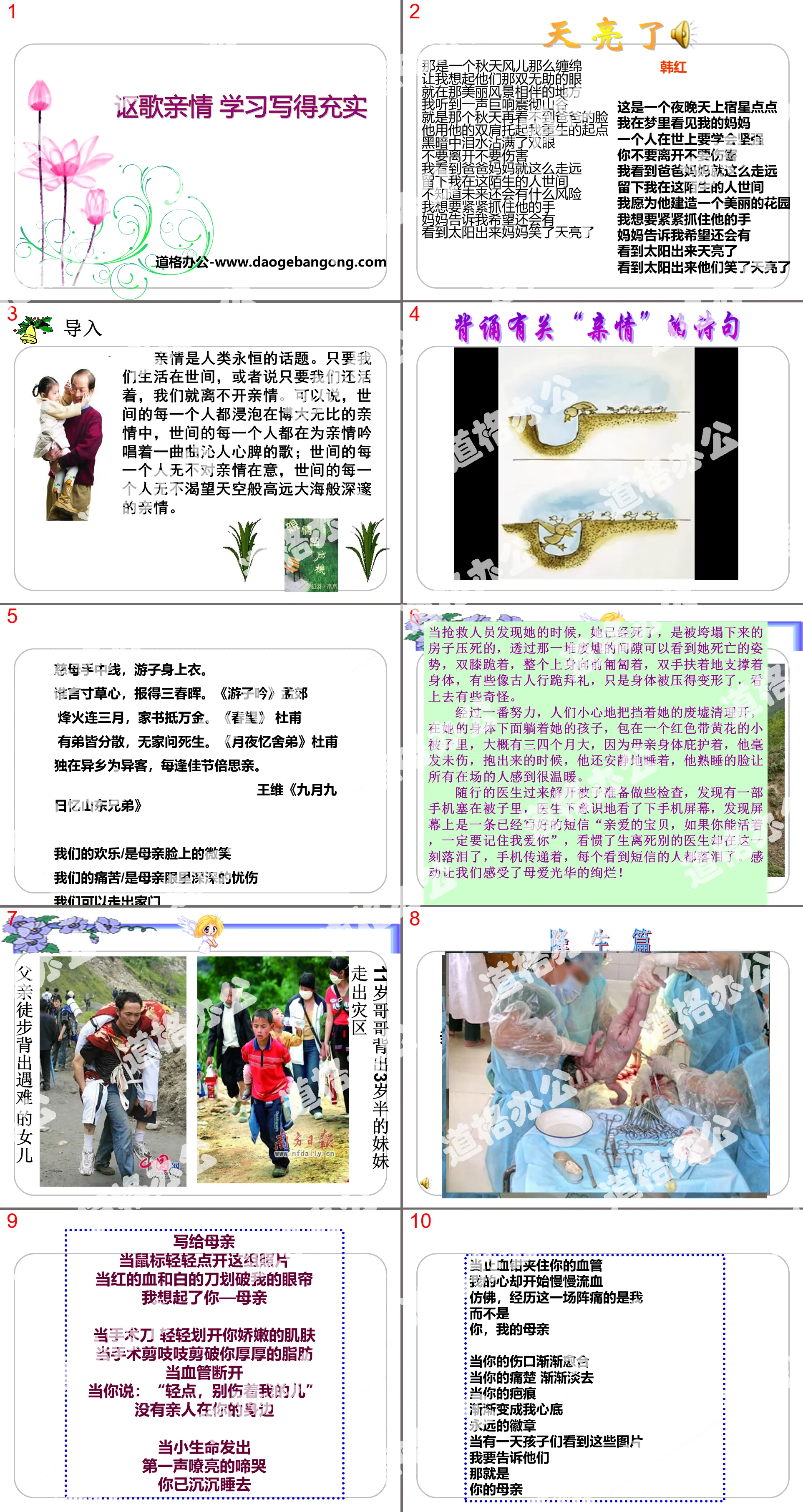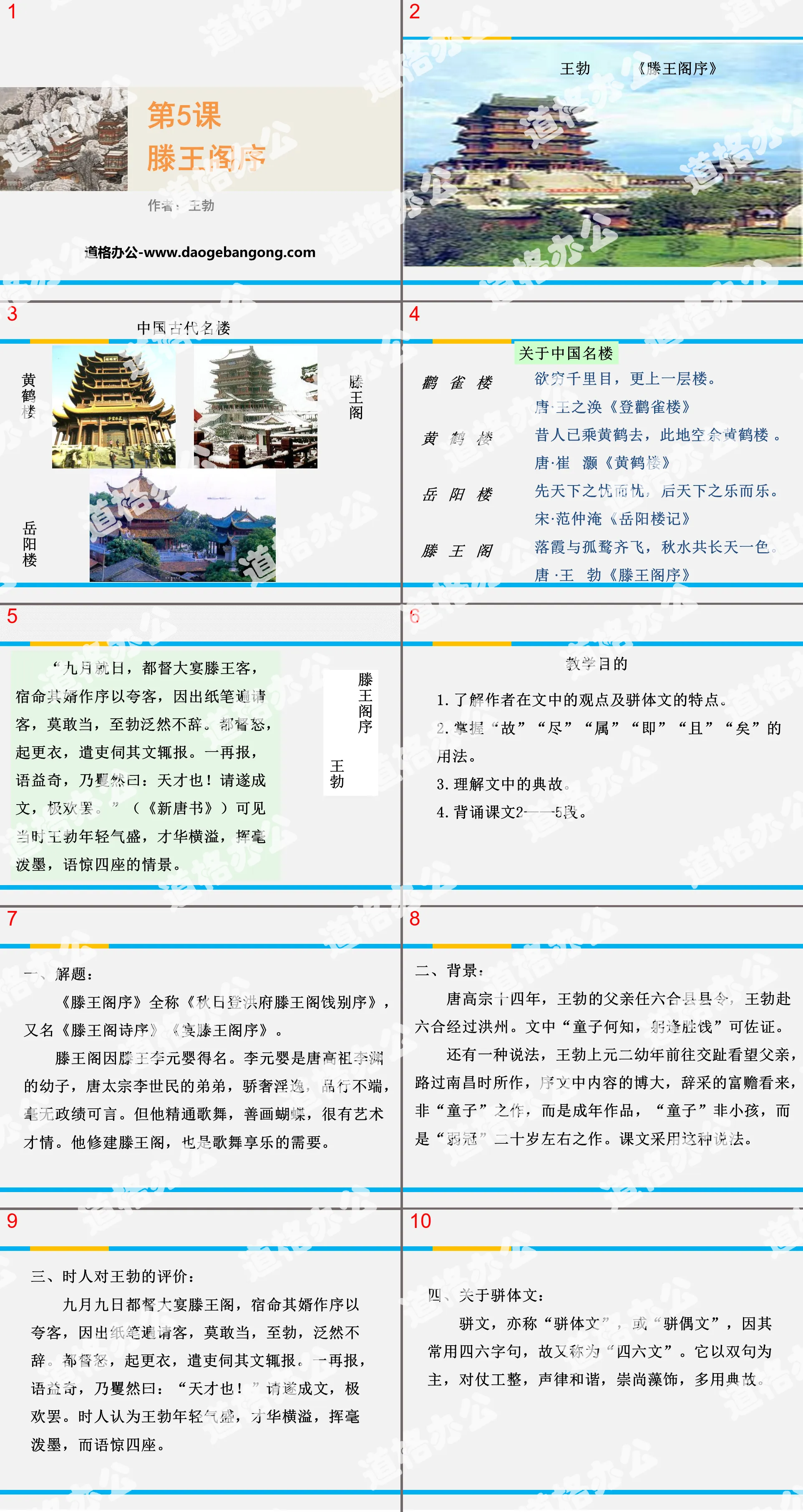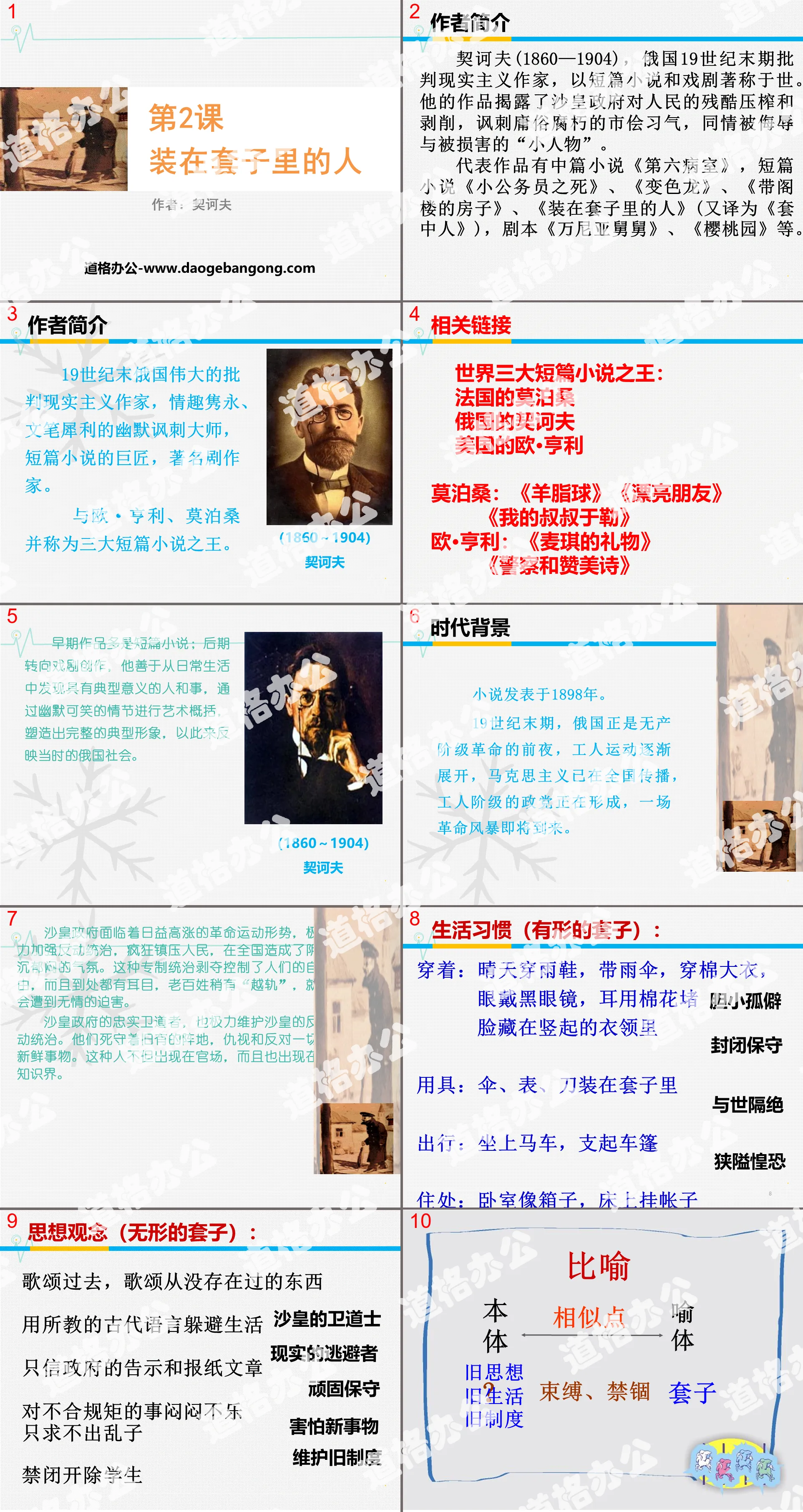"Speaking of "Konoha"" PPT Simple campus recruitment activity planning plan summary enterprise and institution recruitment publicity lecture PPT template is a general PPT template for business post competition provided by the manuscript PPT, simple campus recruitment activity planning plan summary enterprise and institution recruitment promotion Lecture PPT template, you can edit and modify the text and pictures in the source file by downloading the source file. If you want more exquisite business PPT templates, you can come to grid resource. Doug resource PPT, massive PPT template slide material download, we only make high-quality PPT templates!
| 文件名 如何下载使用 | 下载次数 | Download Points | 下载地址 |
|---|---|---|---|
| "Speaking of "Konoha"" P... | 18400次 | 0.00 | Free Download |
Tips: If you open the template and feel that it is not suitable for all your needs, you can search for related content "Speaking of "Konoha"" PPT is enough.
How to use the Windows system template
Directly decompress the file and use it with office or wps
How to use the Mac system template
Directly decompress the file and use it Office or wps can be used
Related reading
For more detailed PPT-related tutorials and font tutorials, you can view: Click to see
How to create a high-quality technological sense PPT? 4 ways to share the bottom of the box
Notice
Do not download in WeChat, Zhihu, QQ, built-in browsers, please use mobile browsers to download! If you are a mobile phone user, please download it on your computer!
1. The manuscript PPT is only for study and reference, please delete it 24 hours after downloading.
2. If the resource involves your legitimate rights and interests, delete it immediately.
3. Contact information: service@daogebangong.com
"Speaking of "Konoha"" PPT, due to usage restrictions, it is only for personal study and reference use. For commercial use, please go to the relevant official website for authorization.
(Personal non-commercial use refers to the use of this font to complete the display of personal works, including but not limited to the design of personal papers, resumes, etc.)

Related reading
For more detailed PPT-related tutorials and font tutorials, you can view:Please click to see










Authoritative PPT Summary
"Speaking of "Konoha"" PPT
Part 1: Introduction to the author
Lin Geng, a native of Fuzhou, Fujian, was born in Beijing on February 22, 1910. He died in Beijing on October 4, 2006 at the age of 97. Graduated from the Chinese Department of Tsinghua University in 1933. Famous modern poet and poetry researcher in my country. In the study of Tang poetry, he put forward the famous arguments of "the atmosphere of the prosperous Tang Dynasty" and "the spirit of youth".
Mr. Lin Geng has served as a professor at the Chinese Department of Xiamen University and Yenching University and Peking University. Mr. Lin Geng is an outstanding poet in the history of modern literature. In 1933, he published his first collection of free-style poems "Night" and "Ask for Directions". " and other new poetry collections and classical literary monographs "The Poet Li Bai", "A Brief History of Chinese Literature", "A Comprehensive Review of Tang Poetry", etc.
Talking about Konoha PPT, part 2: Mastering the words
Niao Niao: Describes the appearance of being blown by the breeze.
Burning: bright and vivid appearance.
Cold anvil: the sound of pounding clothes after autumn. It is often used in poetry to symbolize desolate and desolate scenes. Anvil, pounding stone.
Tinggao: The flat land by the water. Pavilion, flat; Gao, the land beside the water.
Xiaoxiao: describes the sound of falling vegetation.
Shulang: sparse, transparent, transparent and bright.
Talking about Konoha PPT, the third part: clarifying ideas
Full text ideas
Problem found(1)
"Konoha" was loved by ancient poets
Analyze problems (2-6)
Analyzing the Two Artistic Characteristics of “Wood”
Summary of the full text (7)
In the field of art: a word can mean a thousand miles.
Talking about Konoha PPT, the fourth part: overall grasp
The first paragraph introduces the topic: "Konoha" is the poet's favorite image.
In the second paragraph, discuss the reasons for using "Konoha" more often with examples.
The third paragraph, transition, shows that the key lies in the word "wood".
Paragraph 4, first feature: used when leaves fall in the autumn wind.
In paragraph 5, the first feature is determined by the suggestive characteristics of poetry.
Paragraph 6, second characteristic: hints of yellow and dryness.
Paragraph 7, summary.
The full text can be divided into three parts:
The first part (paragraphs 1 to 3) lists a phenomenon in the history of ancient Chinese poetry, that is, "Konoha" has become a favorite image in poets' writings, and the key to the image of "Konoha" lies in the word "wood".
The second part (paragraphs 4 to 6) explains the two artistic characteristics of "wood" and why they have these characteristics.
The third part (paragraph 7), summary.
Talking about Konoha PPT, part five: problem exploration
1. Try to distinguish the different meanings of "leaves" and "wooden leaves", "fallen wood" and "fallen leaves".
clear:
"Leaves": Not only are the images of "tree" and "leaves" not mutually exclusive, but they are also very consistent. They both carry the association of dense layers of darkness. Therefore "leaf" can be simplified to "leaf".
"Konoha": "wood" has the shadow of general "wood", "timber" and "plank", which makes people often think of tree trunks and rarely think of leaves. "Leaf" is often excluded from the image of "wood". There is inconsistency between the images of "wood" and "leaf".
The difference between "fallen wood" and "fallen leaves": Taking Cao Zhi's "Beauty Chapter" as an example, "fallen leaves" are dense leaves full of moisture at the turn of spring and summer, while "fallen wood" not only feels dry to the touch, but also "fallen leaves" The autumn atmosphere and a little dense meaning retained by the word "leaf" have also been washed away.
2. Summarize the artistic characteristics of “wood” in image.
Clarification: "Wood" has two artistic characteristics in its image.
First, "wood" seems to contain an element of falling leaves. It has the shadow of general "wood", "timber", "plank", etc., which makes readers think more of the trunk and less of the leaves. Therefore, "leaves" are often excluded from the image of "wood", which excludes Suggesting fallen leaves. For example, "The autumn moon shines on the ridges, and the cold wind sweeps over the tall trees." The "sweeping tall trees" here is obviously the scene of fallen leaves, showing the vastness of "thousands of mountains with falling trees".
Secondly, "wood" also implies its color, which may be yellow, and it may be dry rather than wet to the touch. The door bolts, sticks, masts, etc. we are familiar with are all like this. Therefore, "wooden leaves" naturally have the yellowish and dry feeling of fallen leaves, which brings the whole sparse and autumn atmosphere. As for "Luo Mu", it seems more spacious than "Konoha", and even the dense meaning retained by the word "leaf" has been washed away.
Talking about Konoha PPT, part six: after-class exercises
In Chinese poetry, words such as "plum", "willow" and "grass" are all suggestive and can arouse associations. Give an example.
Talking about Konoha PPT, part seven: Appreciation of beautiful articles
"Green grass by the river, lush willows in the garden", "There are few willows blowing on the branches, there are no fragrant grasses anywhere in the world", grass and willows have always been seen together in ancient poetry. To explain the reason, fundamentally Because they all involve spring. "Willows are trees in the east wind, and green trees are sandwiched between rivers." "Wild fires cannot burn out, but the spring breeze blows and grows again." The willow tree represents the spring breeze, and the grass shares its fate with the spring breeze. "Spring grass grows in the pond, and willows in the garden turn into songbirds." The message of spring returning to the earth is first reflected in the changes in grass and willows. "The light rain in the sky is as moist as crisp, and the color of grass looks far away but is not there." Just a trace of grass, like a star or a star, announces the coming of spring. "The jasper is as high as a tree, with thousands of green silk ribbons hanging down; I don't know who cut out the thin leaves, but the spring breeze in February is like scissors." As soon as the little leaves sprout on the willow branches, the sharp spring breeze has arrived in the world. This thin leaf is also called "willow eye" in the poem, which seems to be talking about the willow tree made of jasper. It suddenly wakes up from sleep and opens its eyes. At the same time, it is the beginning of spring. As the saying goes, "The wind returns to the small courtyard, turning green, and the willows' eyes will continue to spring." The grass reveals green, and the willows open their eyes. What a green world full of business.
Keywords: Free download of PPT courseware for the five compulsory high school Chinese courses published by the People's Education Press, PPT download of Talking about Konoha, .PPT format;
For more information about the "Speaking of Konoha" PPT courseware, please click the "Speaking of Konoha" ppt tag.
"Speaking of "Konoha"" PPT courseware download:
"Speaking of Konoha" PPT courseware download Part One: Learning Objectives 1. Accumulate famous lines from ancient poems and understand that the full text superficially analyzes the artistic characteristics of Konoha in ancient poems, but in essence talks about the characteristics of poetic language, thereby improving students' ability to learn and appreciate. 2. With taste...
"Speaking of "Konoha"" PPT teaching courseware:
"Speaking of Konoha" PPT teaching courseware Part One: Get to know the author Lin Geng, a native of Minhou, Fujian (now Fuzhou City). Graduated from the Chinese Department of Tsinghua University in 1933. He successively served as a professor in the Chinese Department of Xiamen University, Yenching University, and Peking University. He published "Spring Fields and Window", "...
"Speaking of "Konoha"" PPT download:
"Speaking of Konoha" PPT Download Part One Content: New Lesson Reading Aid "Speaking of Konoha" is a literary essay, which can be used as an example of wording. In the article, the author reveals the mystery of poetry creation and appreciation, and lifts the mysterious veil of poetry. It is worth mentioning that Mr. Lin...